Ford Capri: Comeback as an electric crossover
Ford has relied on the names of its best-known brands for its new electric models since the Mustang Mach-E. While the electric Transit at least still resembles its namesake, the Mustang Mach-E, an electric SUV, has little in common with the US original. And even the first electric Ford from Europe, the Explorer, is named after an American model. Here, too, there is little similarity apart from the name.
It was known that the Ford Explorer (here is our first car review) from the Ford plant in Cologne, Germany, would soon be joined by a sportier electric crossover as a compact electric SUV. And as suspected, it is the Capri. According to Ford, it will take the form of a “sportily designed SUV coupé, consistently transferring the lines of the sports coupé of the same name into the modern era.”
In fact, the Capri was already on show at the Cologne Electric Vehicle Centre when Ford officially started series production of the Explorer there at the beginning of June. Between the Explorer bodies, SUV coupés with a flatter sideline were repeatedly seen in final assembly – but still without lettering at the rear and without a bumper at the front. That is because the Capri lettering is also three-dimensionally embedded under the Ford logo.
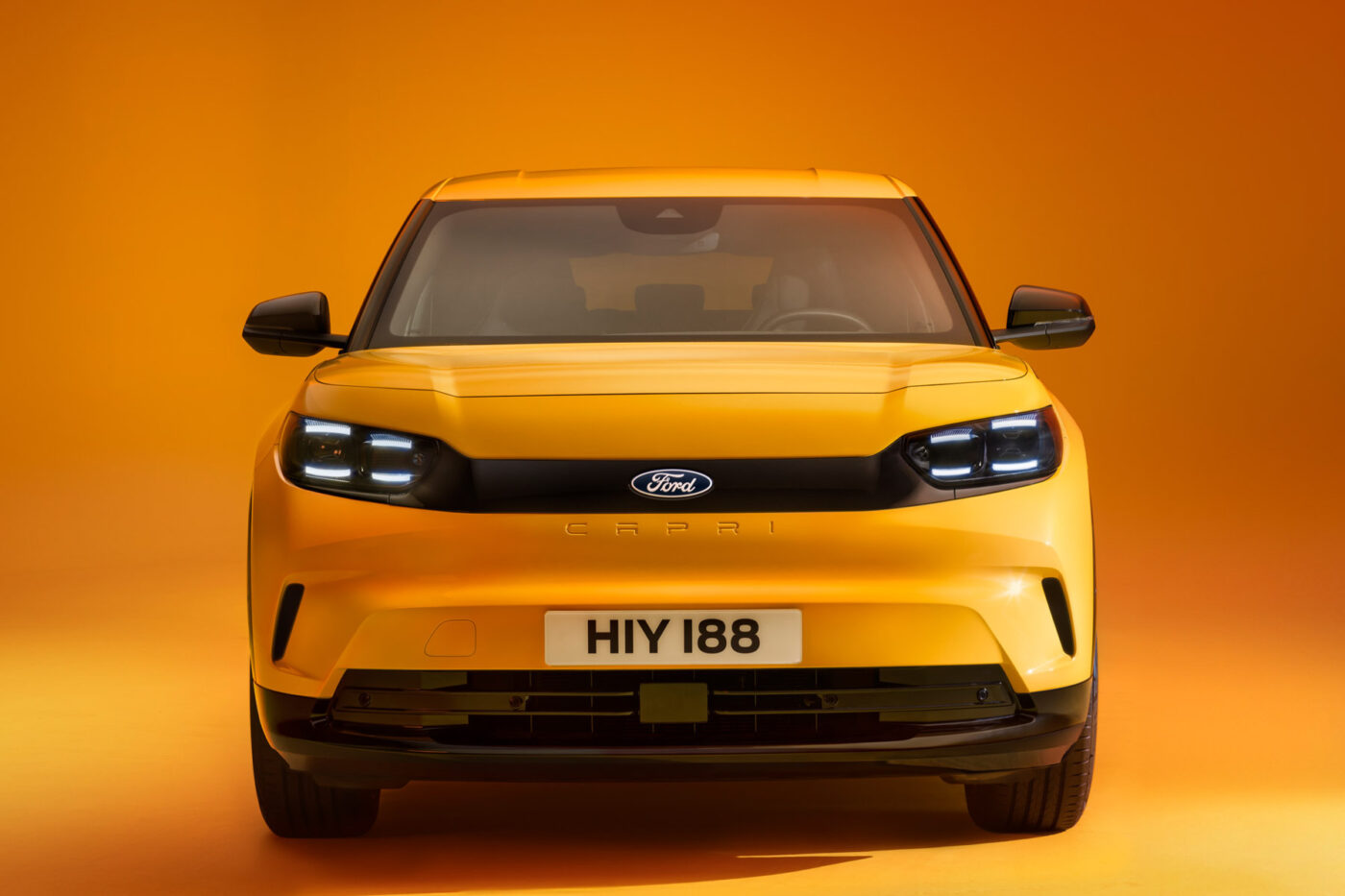
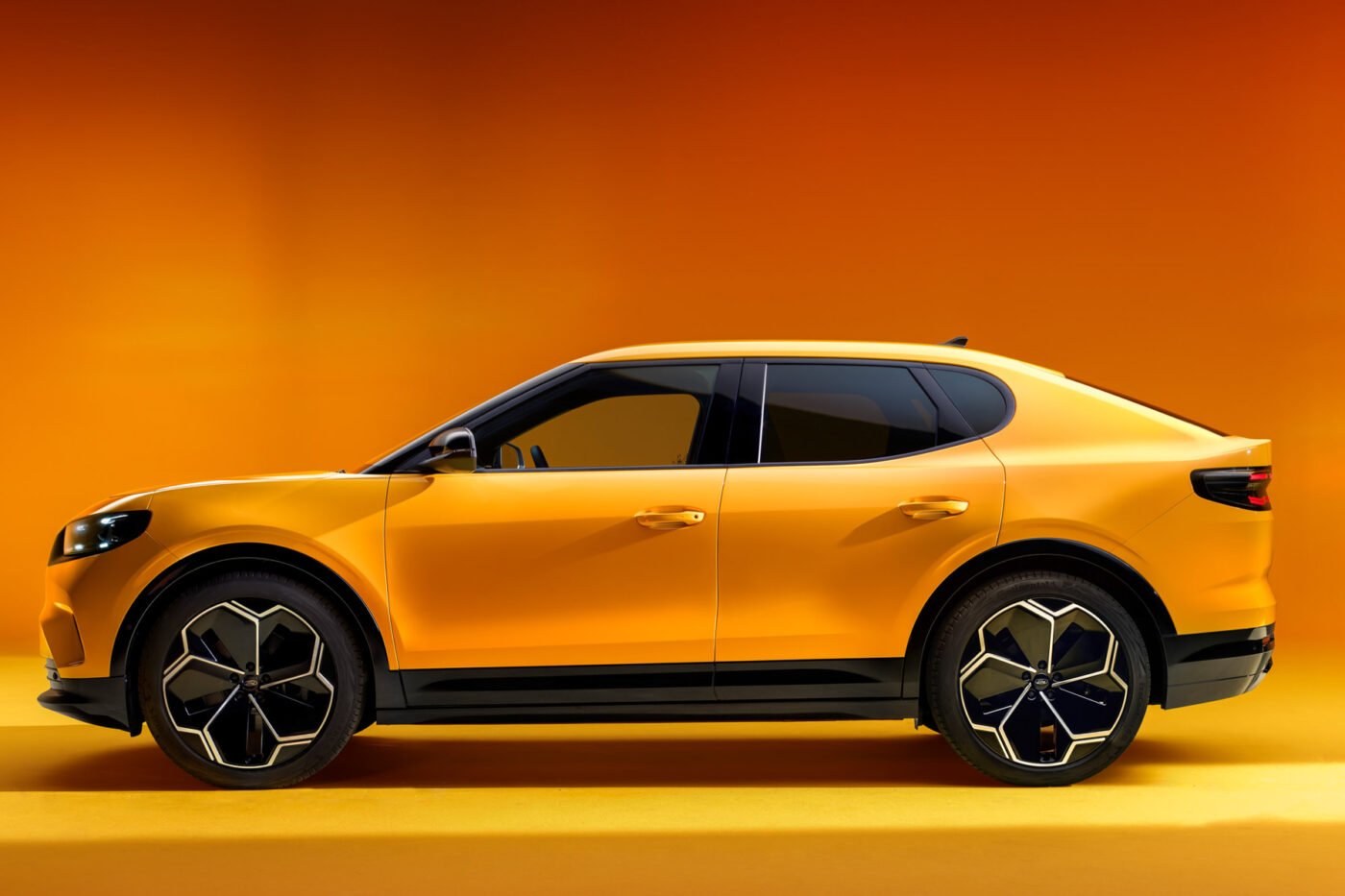
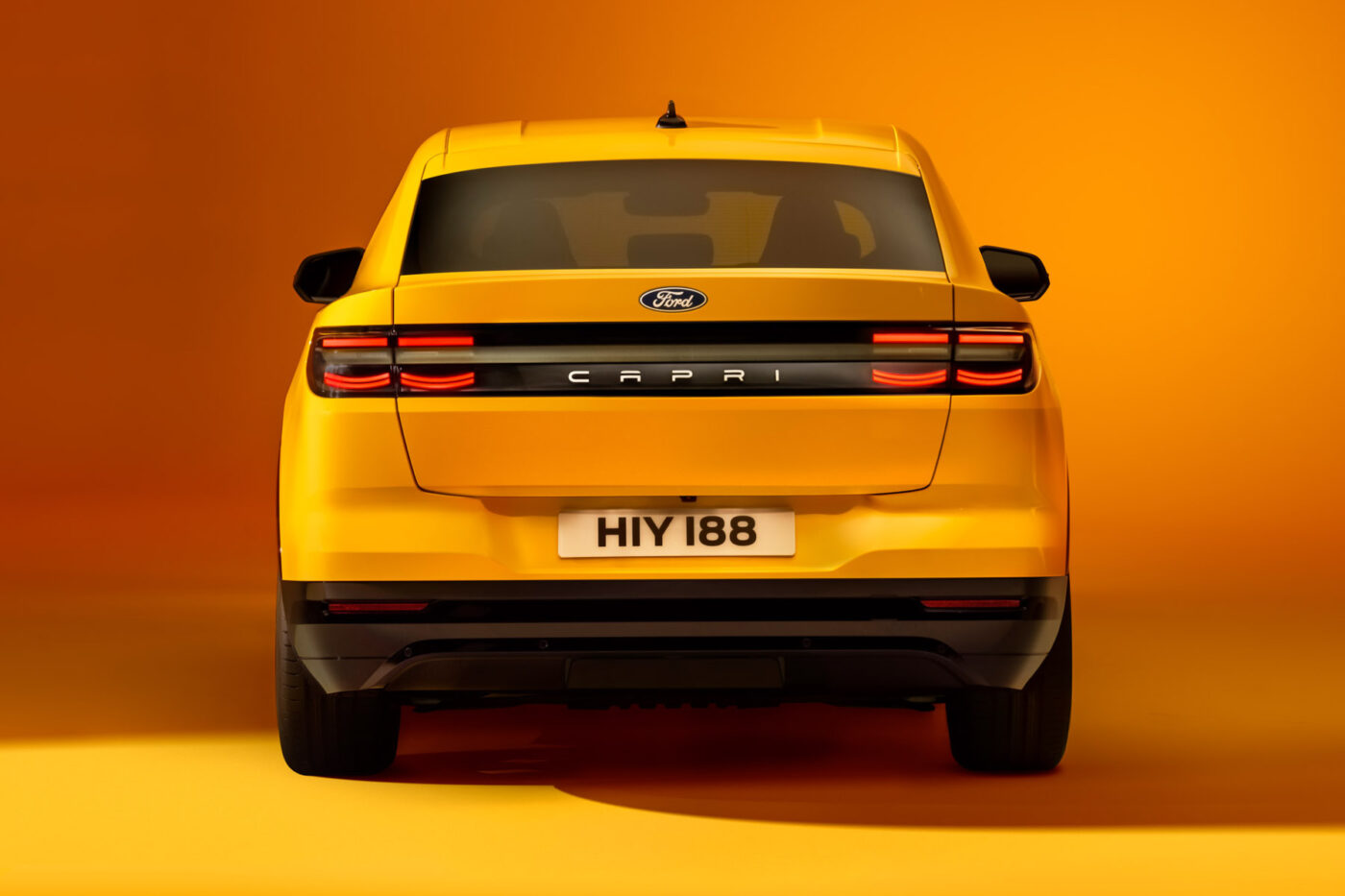
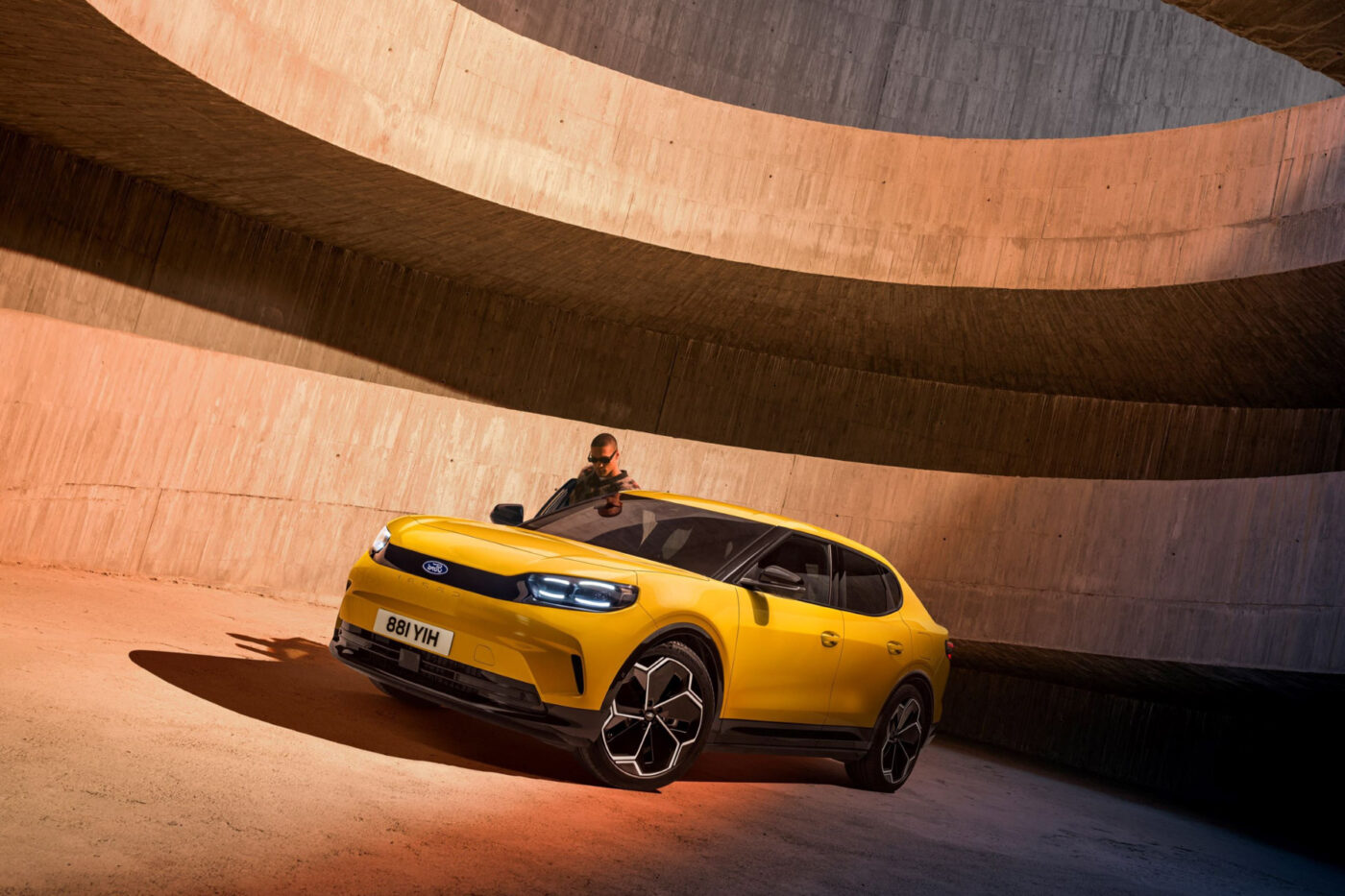
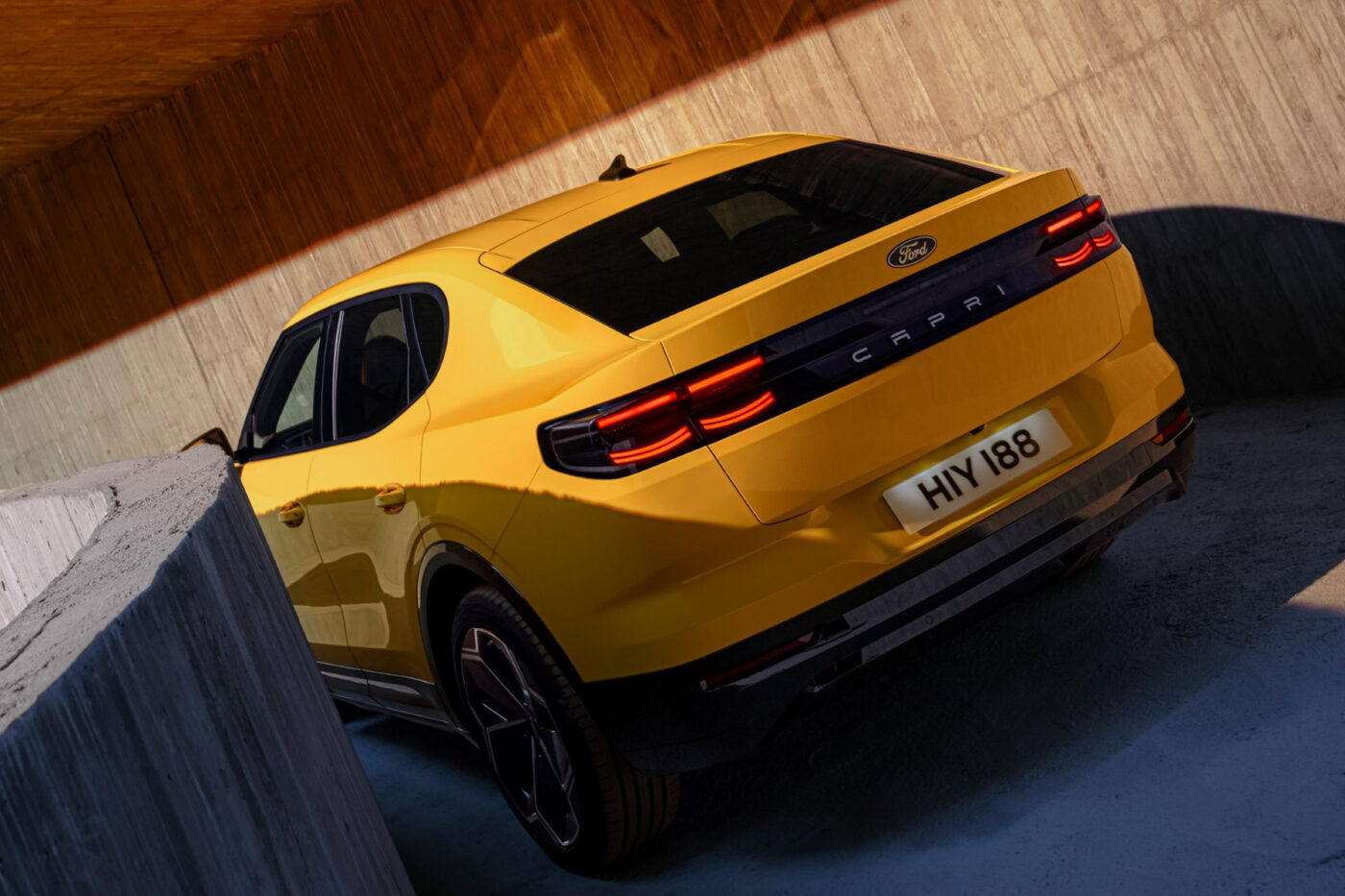
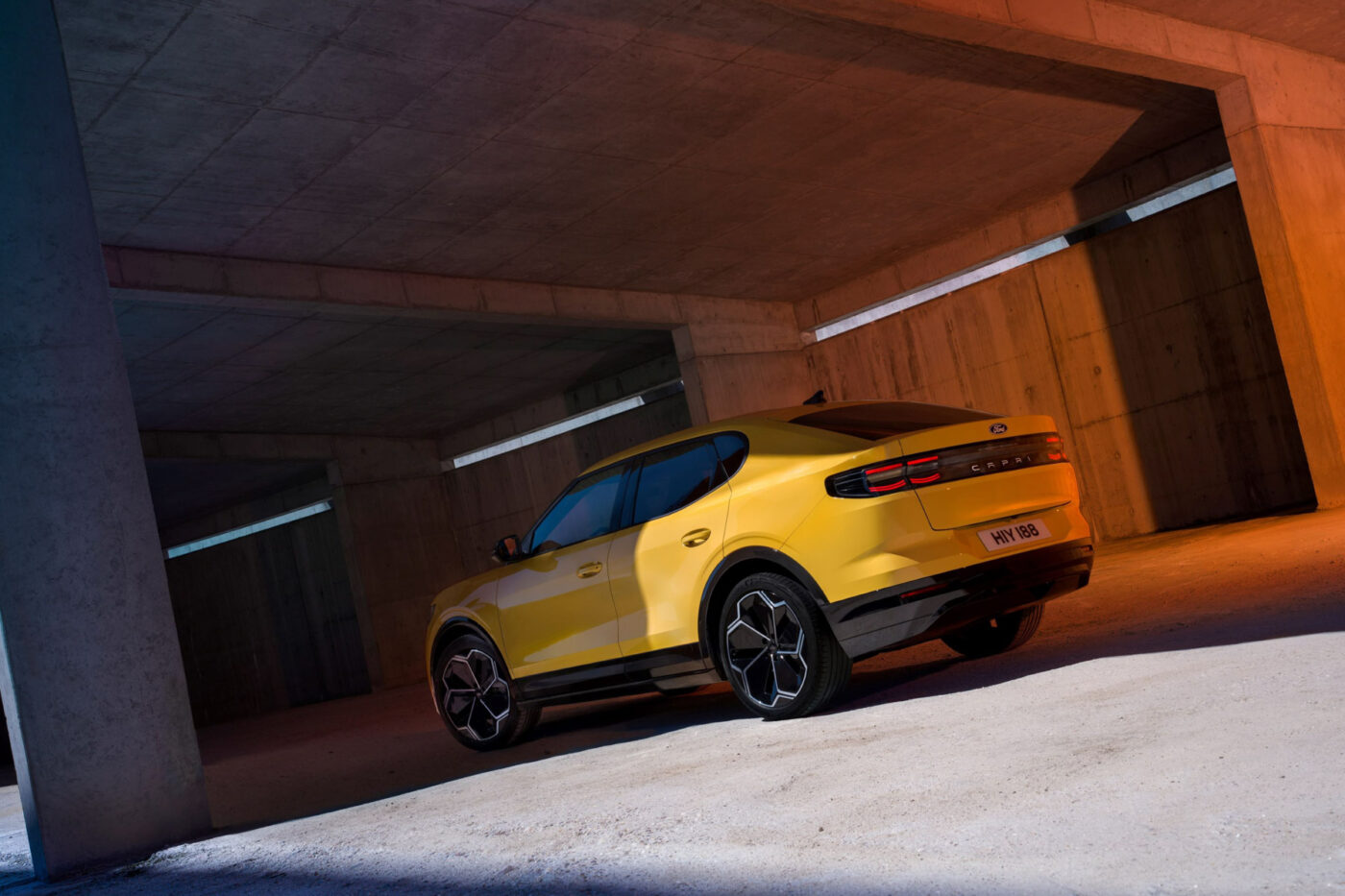
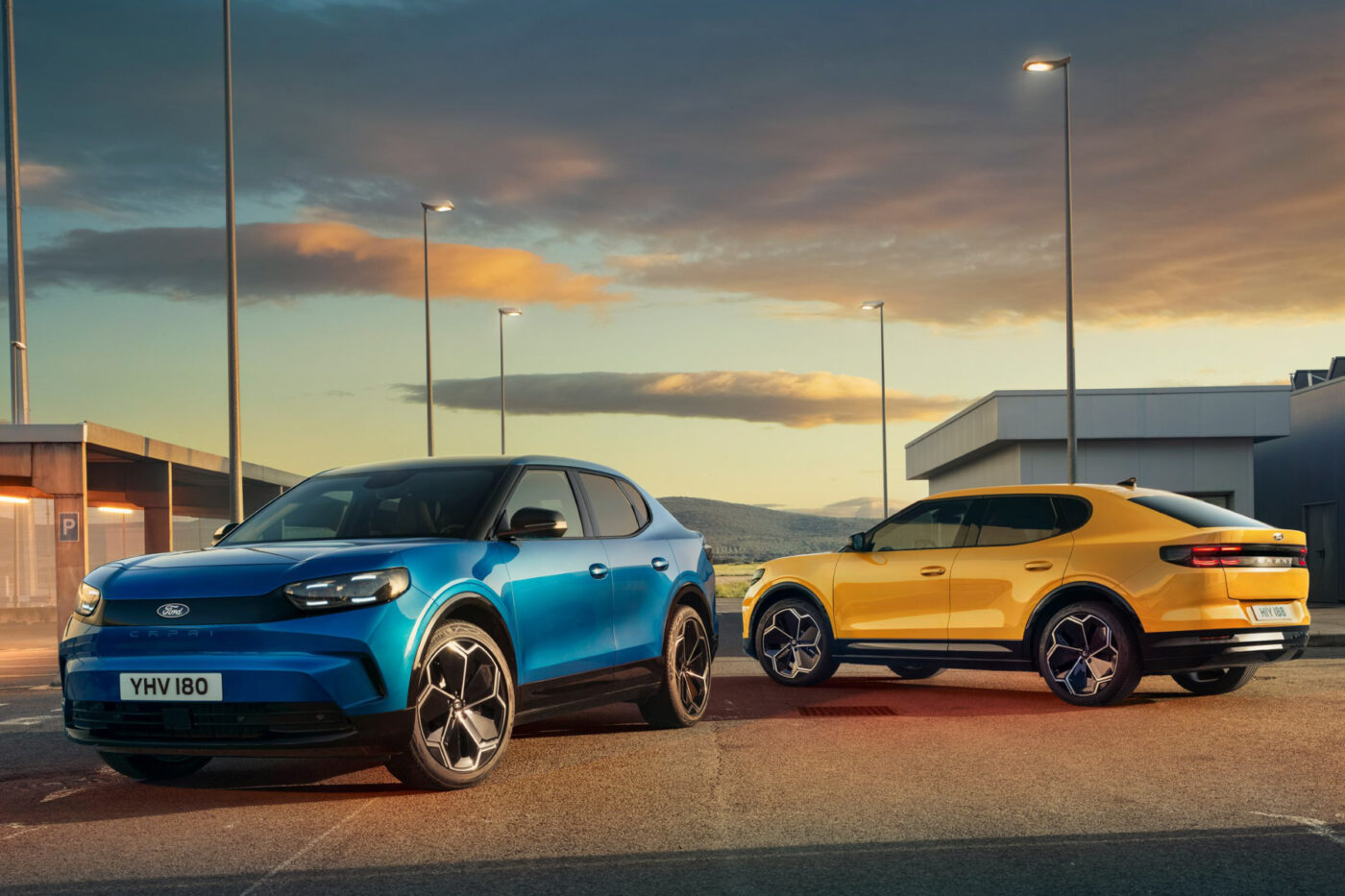
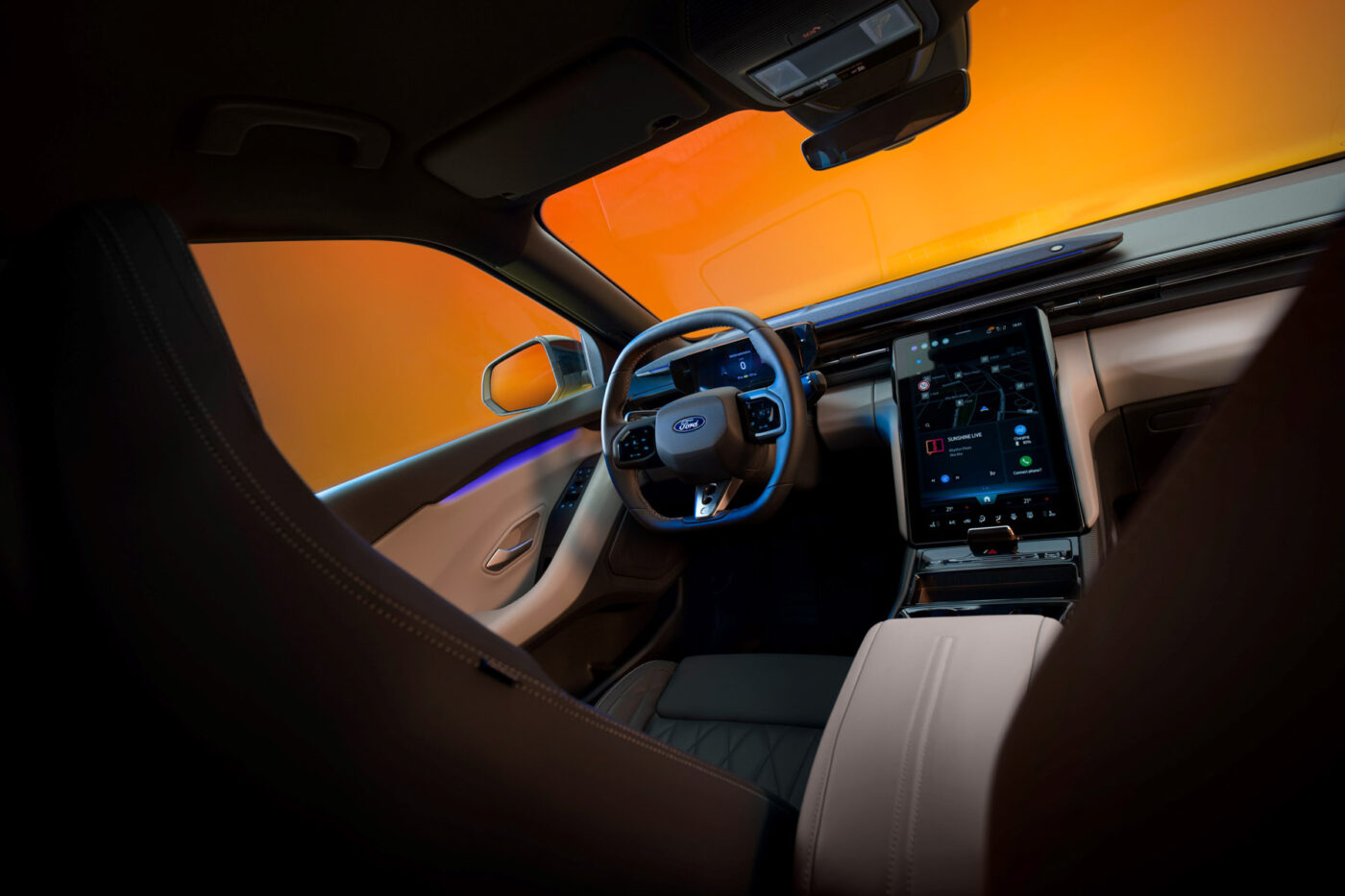
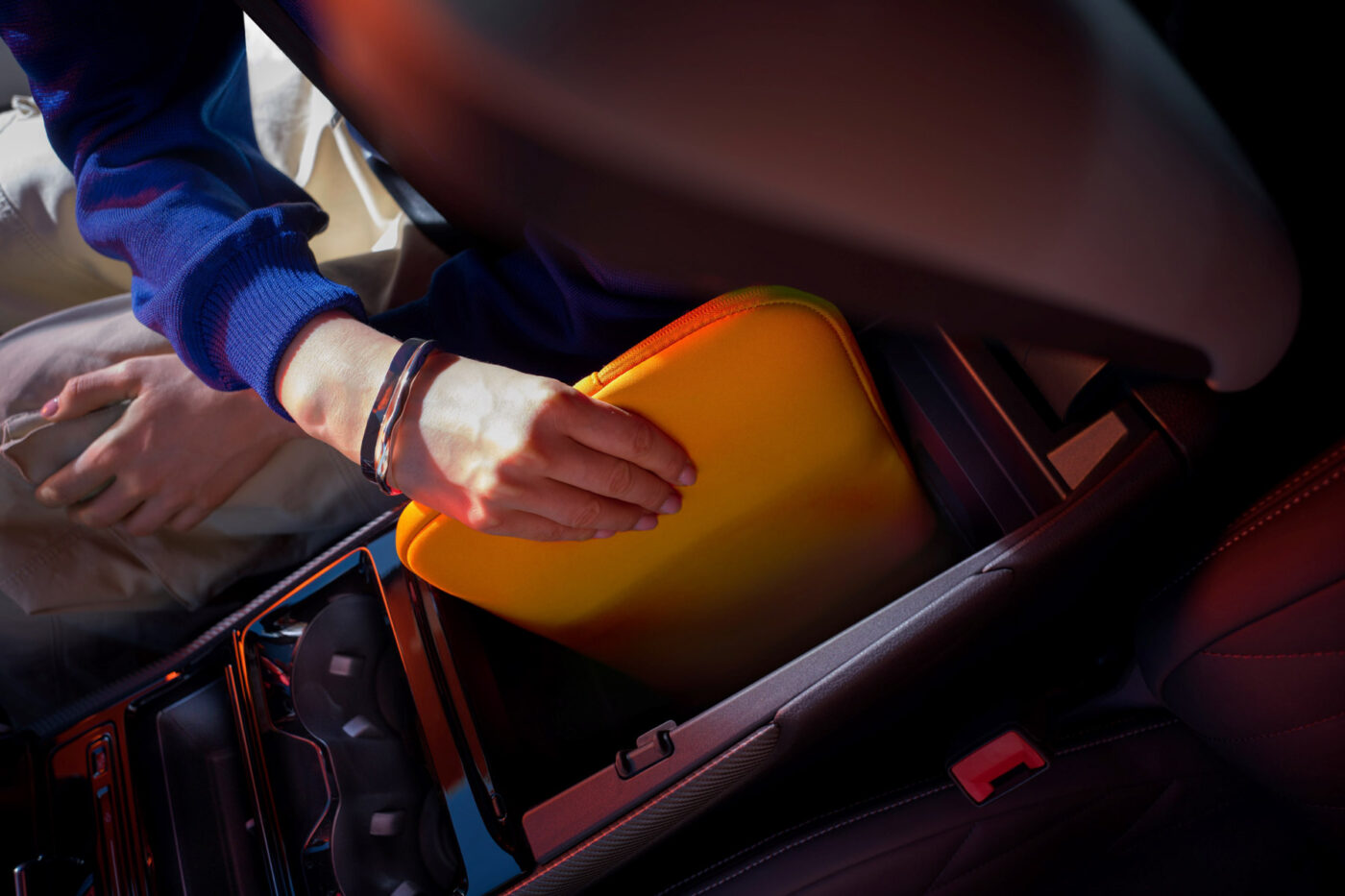
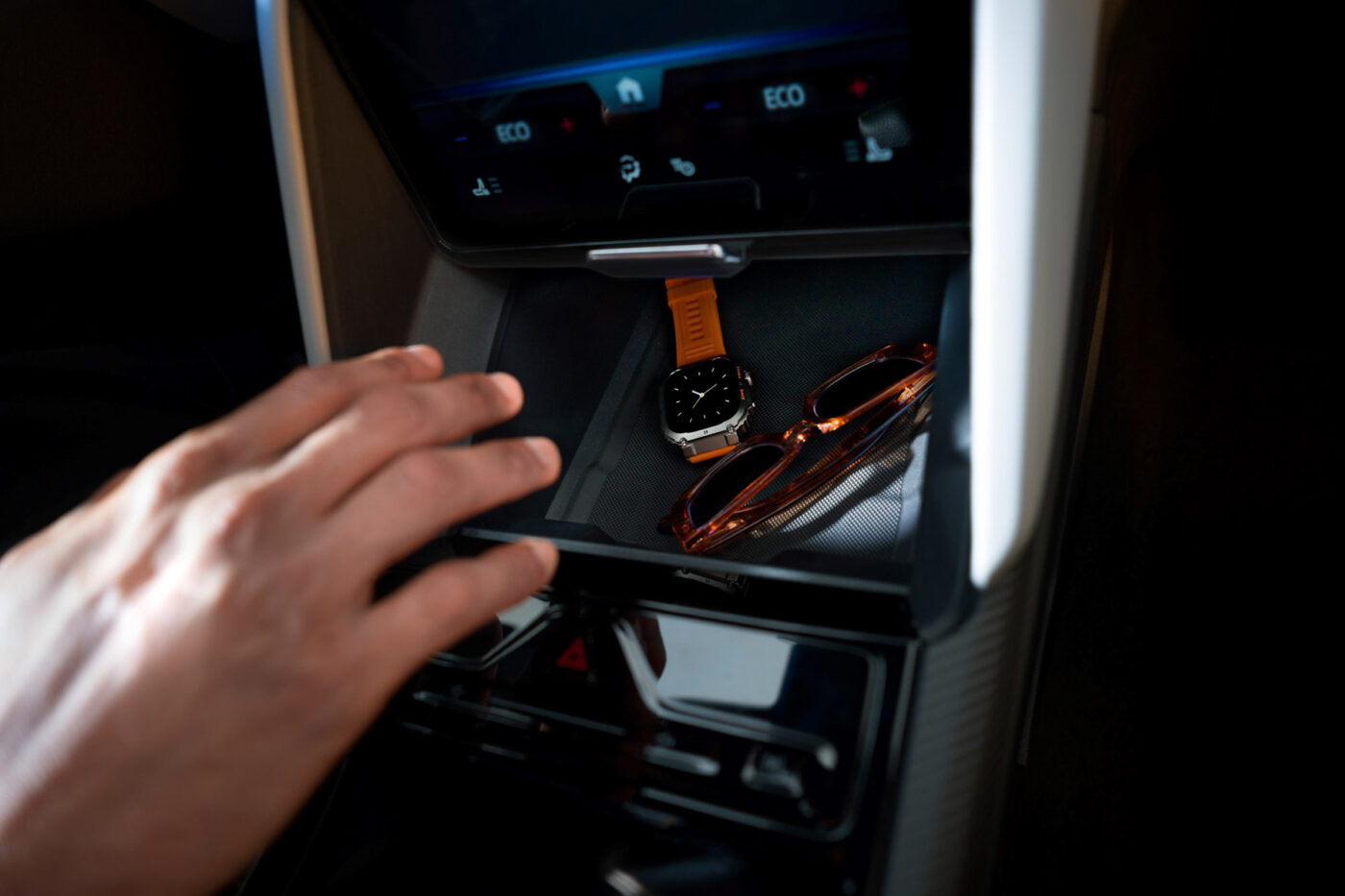
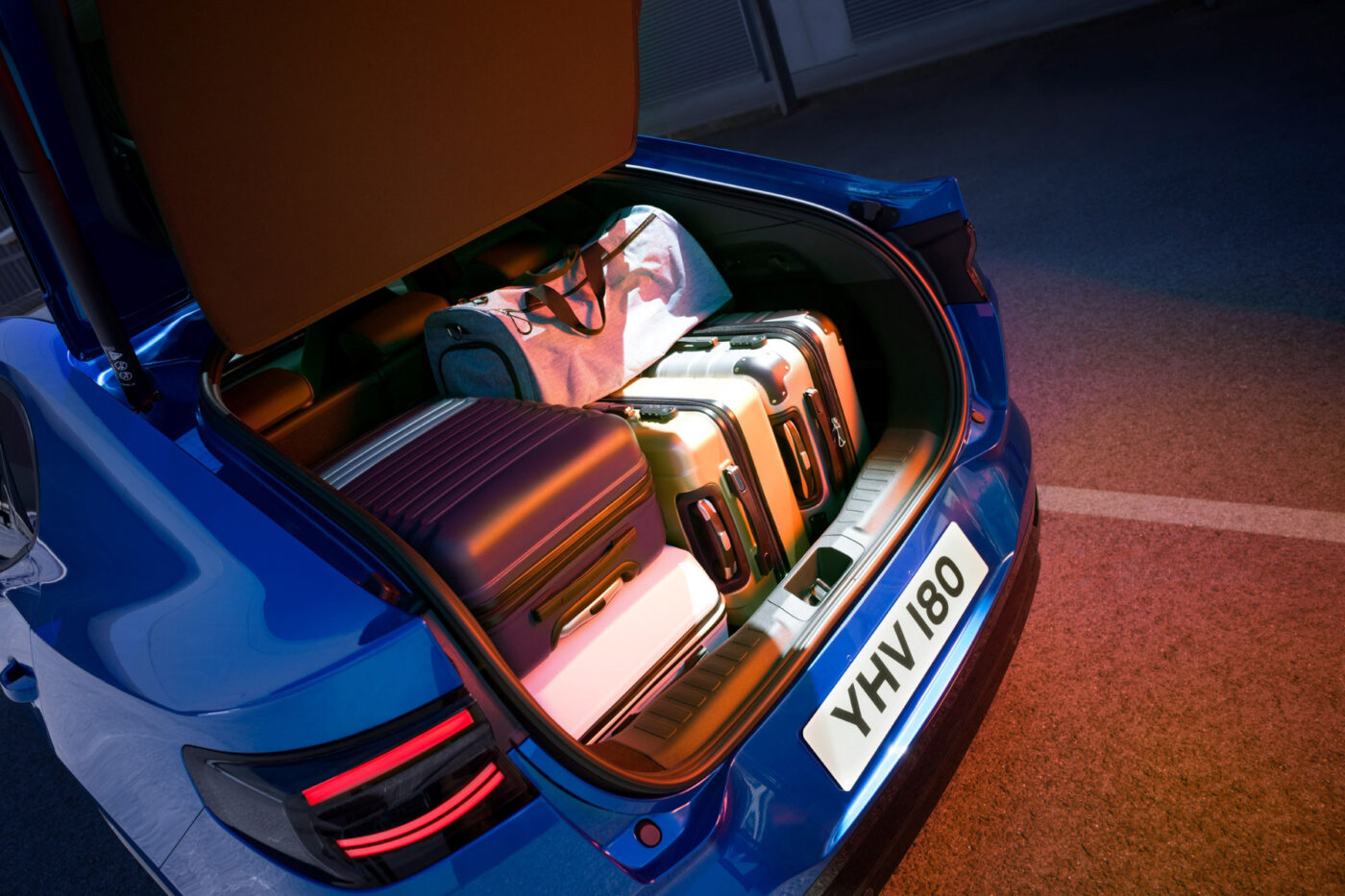
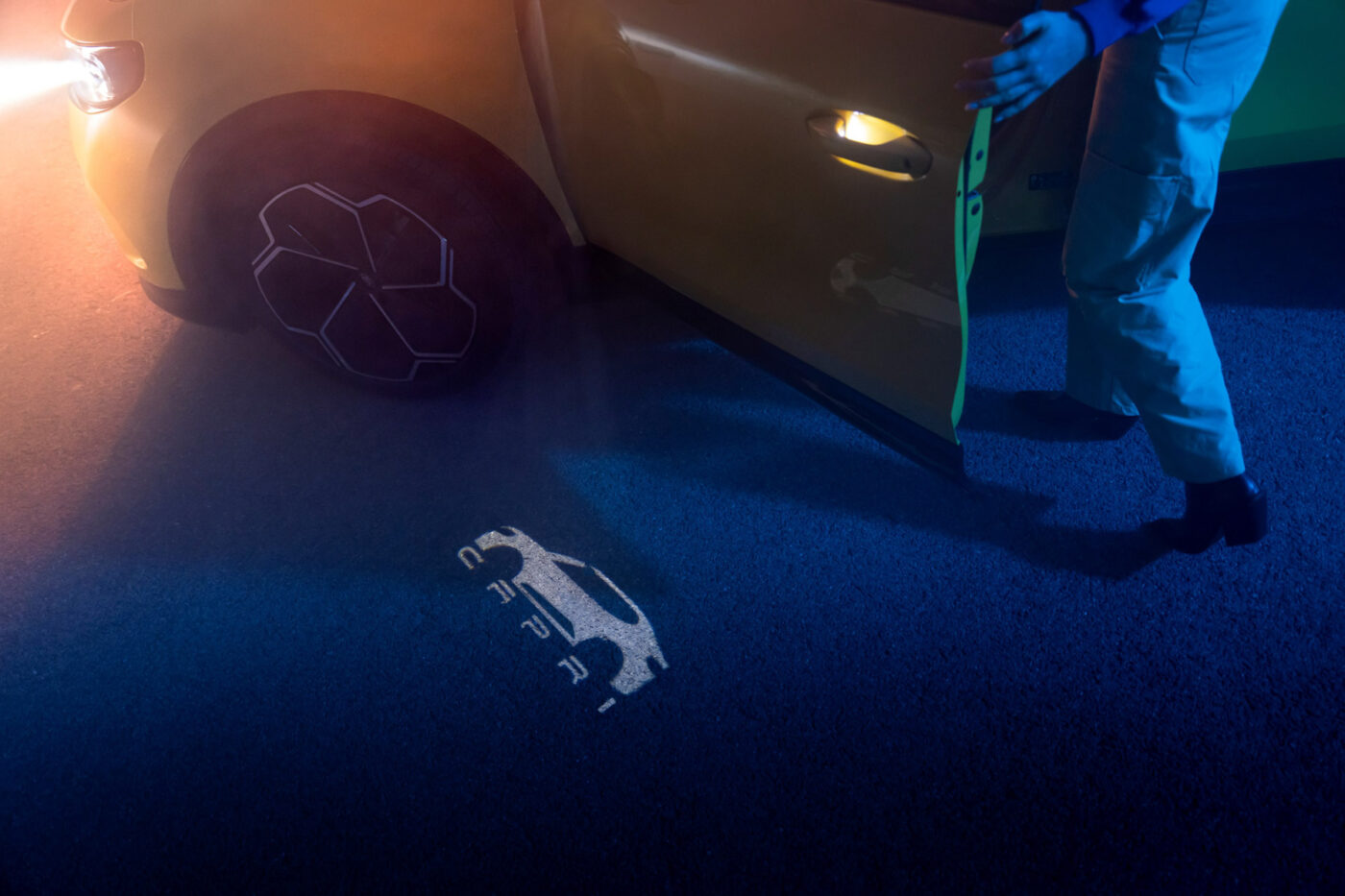
Under the bodywork, both models are the same: Volkswagen supplies the technology, and until Ford’s own battery assembly plant in Cologne is completed, the ready-to-install battery packs will be provided by Skoda from Mlada Boleslav. The manufacturer is now indirectly countering rumours that Ford (unlike VW) could use an LFP battery in the Explorer: “For the market launch, Ford is equipping both the rear-wheel drive and all-wheel drive versions with an extended-range lithium-ion NMC (nickel-manganese-cobalt) battery,” the press release states.
The data corresponds to that of the Explorer: the rear-wheel drive model with the name Capri Extended Range RWD has a net energy content of 77 kWh, which is sufficient for a WLTP range of 627 kilometres. The drive is the APP550 from VW, i.e. the variant with 210 kW of power and 545 Nm of torque. It enables the Ford Capri RWD to accelerate from zero to 100 kph in 6.4 seconds, with its top speed limited to 180 kph. Charging takes place with 11 kW at AC charging points and up to 135 kW at DC charging points – in the latter case, the battery is recharged from 10 to 80 per cent in around 28 minutes.
| Capri Extended Range RWD | Capri Extended Range AWD | |
|---|---|---|
| Drive | RWD | AWD |
| Output | 210 kW | 250 kW |
| Torque | 545 Nm | 134+545 Nm |
| Acceleration | 6.4 s | 5.3 s |
| Top speed | 180 kph | 180 kph |
| WLTP range | 627 km | 592 km |
| Battery | 77 kWh | 79 kWh |
| Charging capacity DC | 135 kW | 185 kW |
| Charging time DC 10-80% | 28 min | 26 min |
| Price | 51,950 euros | – |
The all-wheel drive Capri Extended Range AWD utilises the 79 kWh version of the VW battery. It can be charged with up to 185 kW from ten to 80 per cent in 26 minutes. It can provide a WLTP range of up to 592 kilometres with a full charge. For the drive, the rear electric motor is supplemented by a second unit on the front axle, resulting in a system output of 250 kW. Thanks to an additional 134 Nm at the front axle, the AWD accelerates to 100 kph in 5.3 seconds – the top speed here is also 180 kph. And the model designation ‘Extended Range’ suggests that, as with the Explorer, a ‘Standard Range’ battery will follow later.
As with the VW, the (braked) towing capacity of the rear-wheel drive vehicle is a maximum of 1,000 kilograms, while the all-wheel drive vehicle can tow up to 1,200 kilograms – the vertical and roof loads are 75 kilograms each. Ford specifies the payload of the 2.1-tonne rear-wheel drive model at 587 kilograms, compared to 571 kilograms for the all-wheel drive model.
The Capri differs from the Explorer in more than just its name. Although they share the same technology, Ford has deliberately positioned the electric duo as separate models. At 4.63 metres, the Capri is 16 centimetres longer than the Explorer. It is 1.87 metres wide, 1.63 metres high and has a wheelbase of 2.77 metres. The Carpi comes standard with 19-inch tyres, while up to 21-inch tyres are available as an option. According to Ford, this is intended to give it a decidedly self-confident appearance.
The genes of the original Capri from 1969, combining a sporty appearance with high everyday utility, have also been retained in the new Carpi.
“For example, the front bonnet, in front of which a flat grille extends almost across the entire width of the vehicle between the horizontal headlights, echoes the original style, as does the sloping bend at the rear wheel arch at the door-handle level. Probably the most striking design element, however, is the C-shaped windscreen that tapers round to the rear: it already effectively emphasised the elegantly sloping coupé line of the classic Ford Capri. In the all-electric new edition, the rear wheel arches arch muscularly underneath,” writes Ford.
The colour of the model at the world premiere also pays homage to the original Capri: the ‘Vivid Yellow’ is intended to allude to the famous ‘pop colours’ of the 1970s and specifically to the Ford Capri RS. “We are paying homage to our tradition and reinventing our future – with a vehicle that only Ford can build. The legend is back,” says Ford Europe Design Director Amko Leenarts. “The interior is exactly how a driver of the classic Ford Capri would have imagined the future.”
As in the Explorer, the interior features a 14.6-inch touchscreen with a hidden storage compartment underneath. In addition to Ford’s own software, Apple CarPlay and Android Auto can also be used wirelessly. The high level of everyday practicality is also due to the large storage compartments, such as the 17-litre ‘MegaConsole’ in the centre console. The boot holds between 570 and 1,510 litres. According to Ford, the load compartment is between 95 and 100 centimetres wide, and the opening is 63 centimetres high.
By the way, Ford also announced the prices for the world premiere: The rear-wheel drive model is available from 51,950 euros in Germany – and thus 2,450 euros more expensive than the Ford Explorer with this drive.
Source: Info by mail; in German

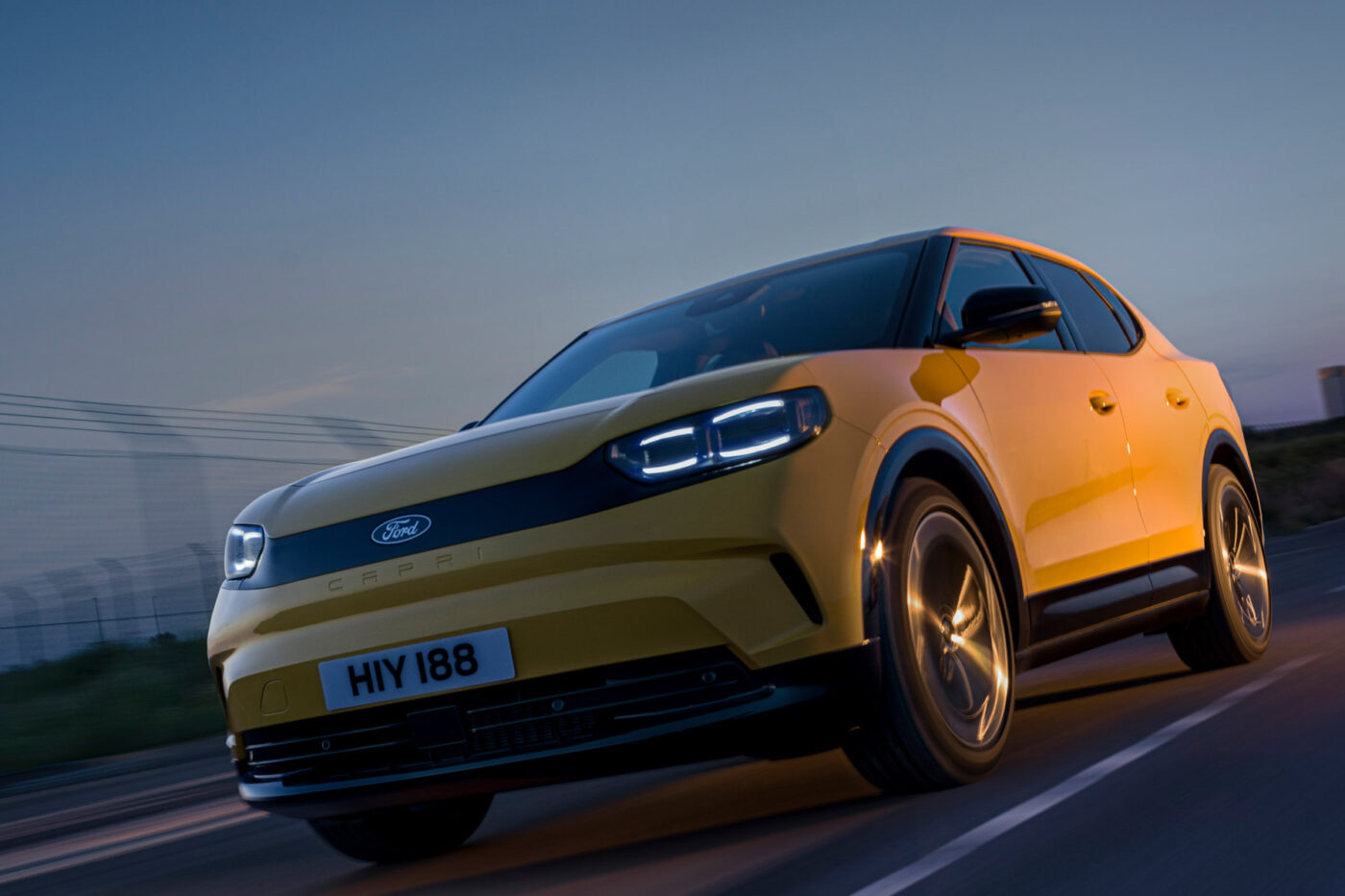
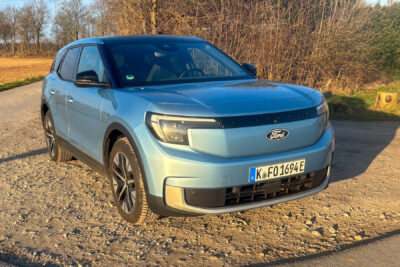
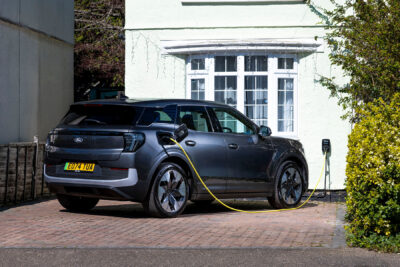
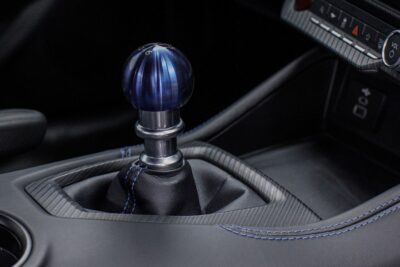
1 Comment